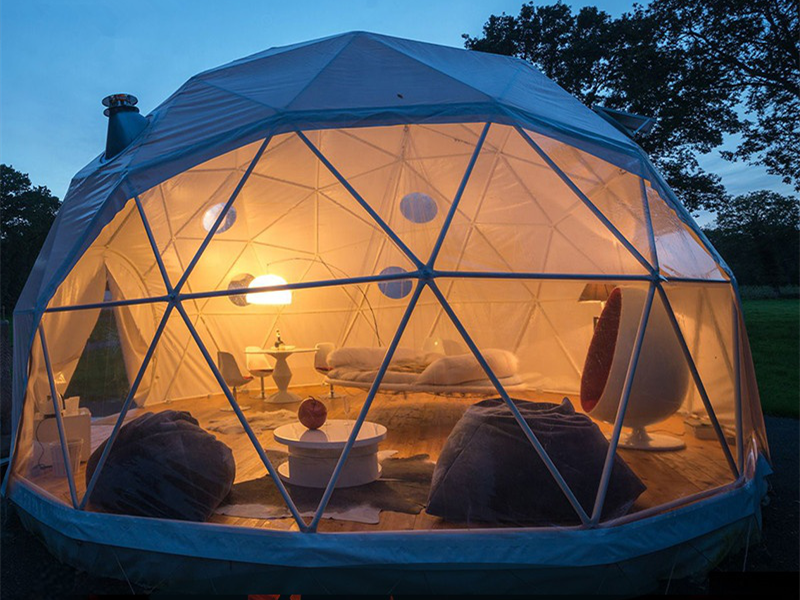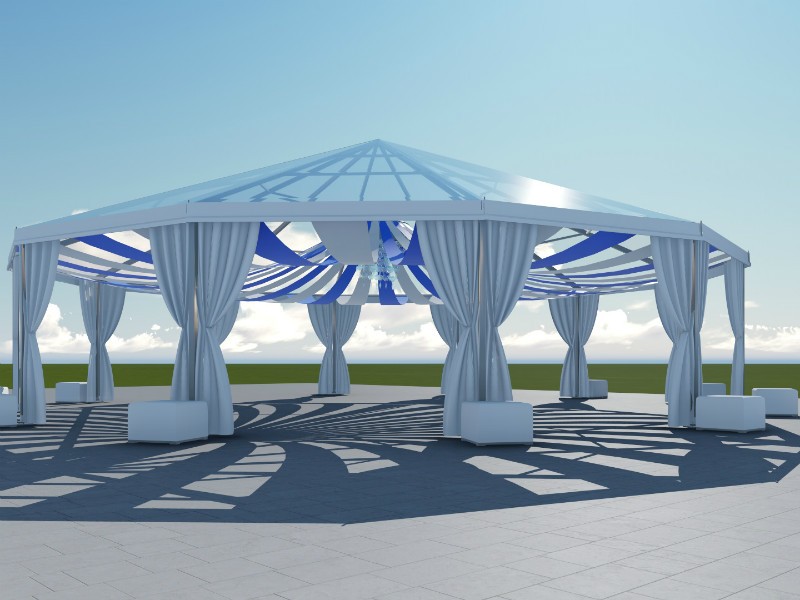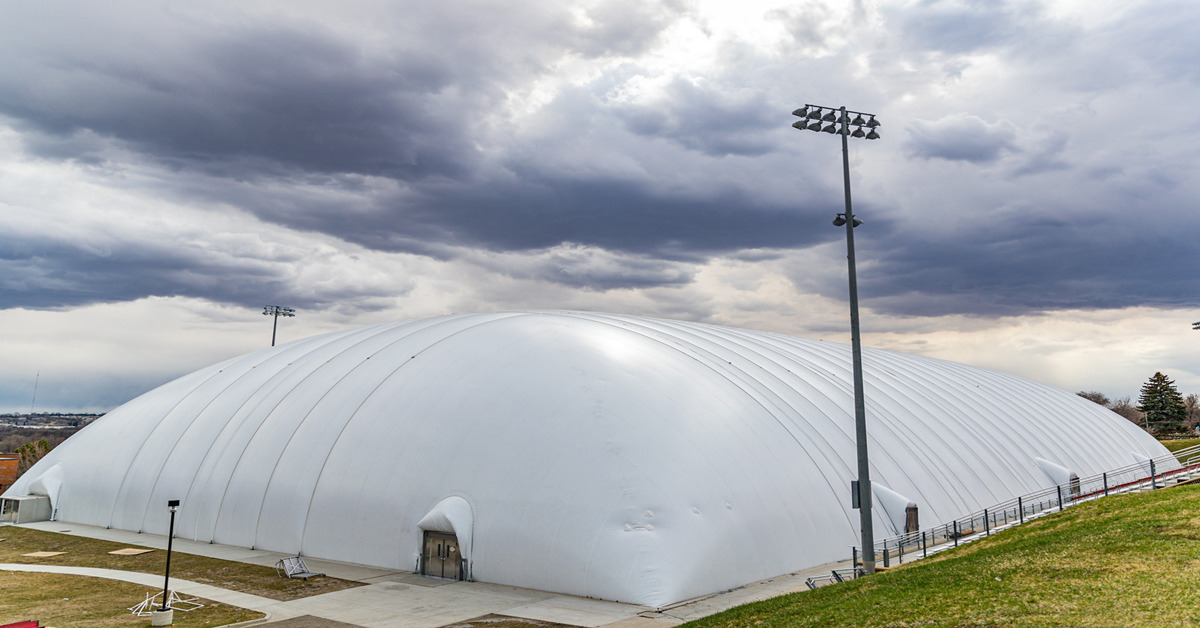
In recent years, the global interest in alternative building solutions for sports and recreational infrastructure has grown exponentially. At the heart of this movement stands the air dome, a remarkable innovation reshaping how we think about athletic spaces. From community centers to Olympic-level facilities, the air dome is being hailed as the future of flexible, efficient, and sustainable sports construction.
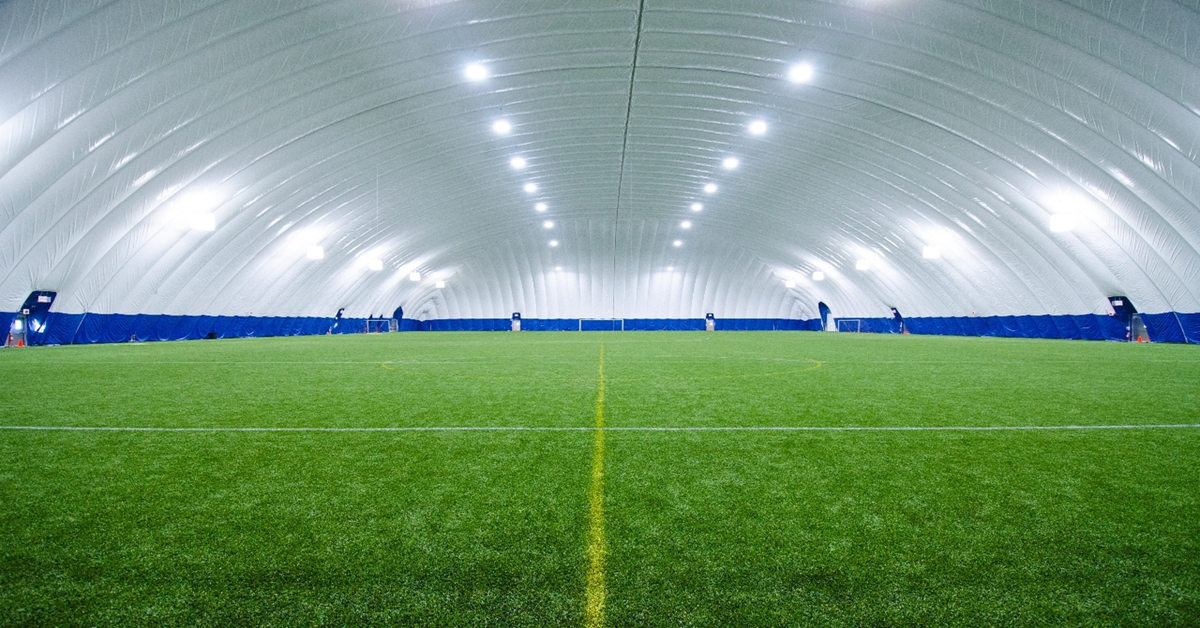
The sports dome, often interchangeably referred to as an air dome, offers unmatched advantages in terms of speed, cost, and adaptability. A typical sports dome can be installed in just a few days, making it a favorite among municipalities and sports organizations seeking quick deployment. The sports dome design eliminates the need for steel frames or traditional concrete foundations, reducing not only costs but environmental impact.
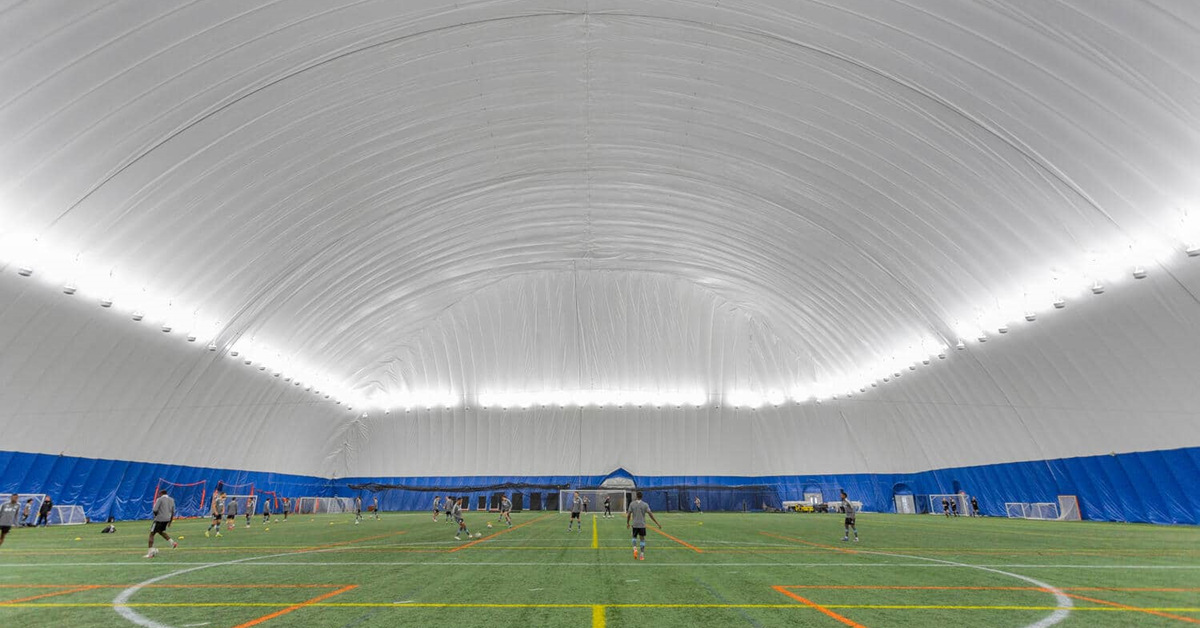
Central to the innovation is the concept of the inflatable structure. An inflatable structure relies on internal air pressure to maintain its shape, supported by durable materials engineered for both flexibility and strength. The inflatable structure is not only lightweight but also highly customizable, allowing architects to design unique and functional spaces without the limitations of traditional architecture. Whether it's a tennis court, football pitch, or swimming complex, the inflatable structure provides a climate-controlled environment year-round.
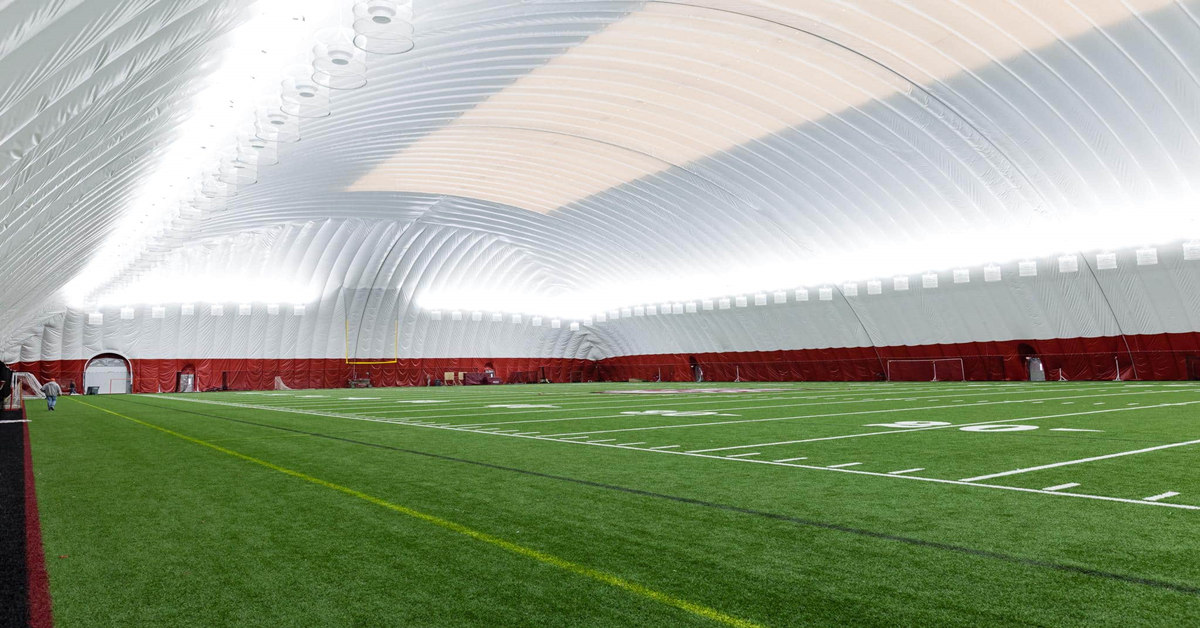
What makes the air-supported structure especially appealing is its energy efficiency. The air-supported structure operates on a constant internal pressure system maintained by low-energy blowers. This means that heating and cooling the air-supported structure is far more efficient than in standard brick-and-mortar buildings. In fact, the modular nature of the air-supported structure also means maintenance is minimal, and structures can be relocated or resized as needed—ideal for evolving urban demands.
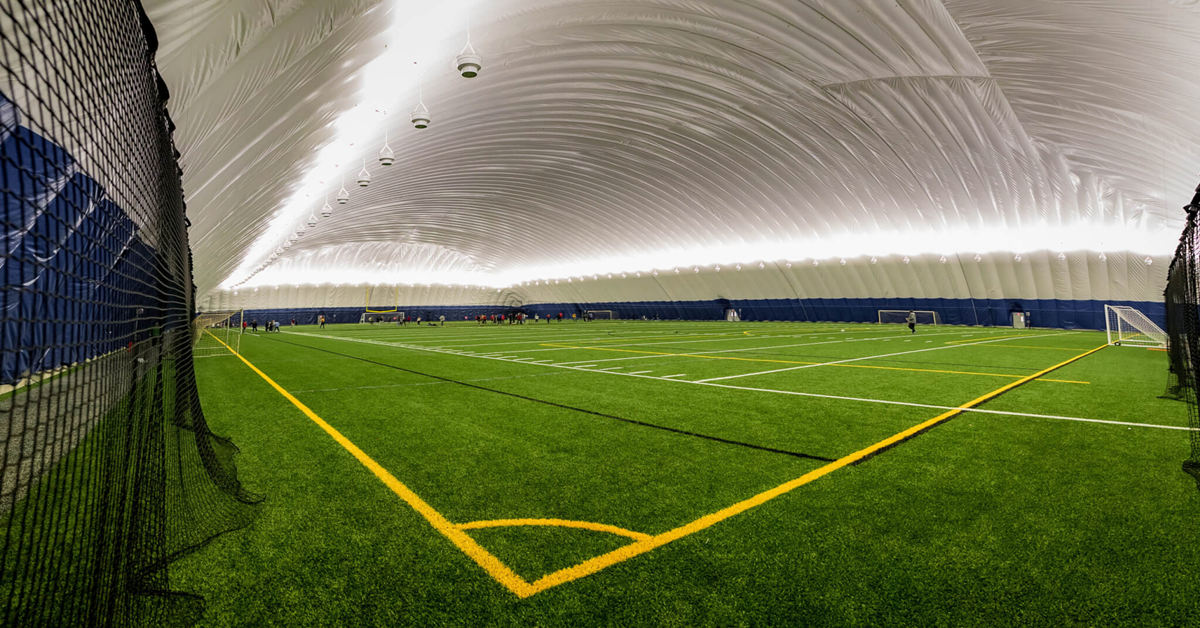
Beyond traditional sports applications, the membrane stadium is rapidly becoming a preferred model for modern large-scale public venues. A membrane stadium utilizes advanced tensile fabrics and aerodynamic designs to achieve lightweight yet durable enclosures. The appeal of the membrane stadium lies in its ability to cover vast areas without the need for internal supports, making it ideal for arenas, exhibition centers, and even concert halls. Governments and private developers alike are turning to the membrane stadium for its cost-efficiency, architectural elegance, and speed of construction. In both developed and emerging regions, the membrane stadium represents a breakthrough in delivering high-capacity, eco-friendly infrastructure in record time.
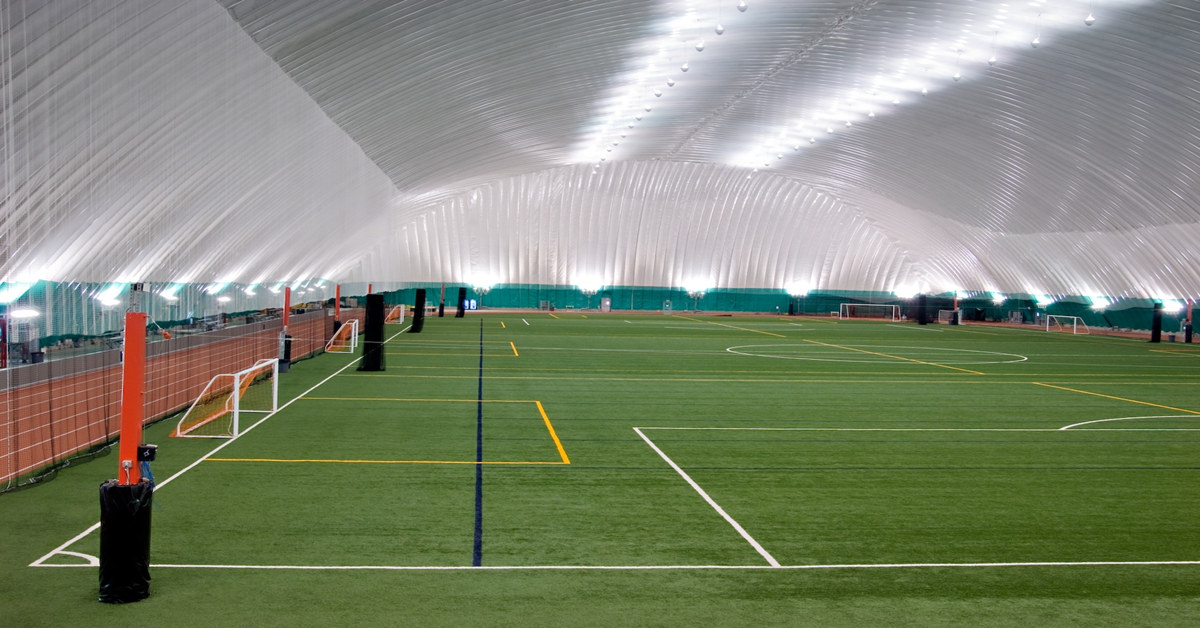
As demand grows, so does innovation. Modern air dome materials are resistant to UV radiation, fire, and extreme weather. Many sports dome systems now include solar-integrated fabrics and smart ventilation controls. Similarly, advanced inflatable structure designs are incorporating modular sections for easy expansion. The evolution of the air-supported structure now includes hybrid models that combine membrane and steel for added durability while maintaining lightweight benefits. The membrane stadium, once a niche solution, is now a centerpiece of eco-conscious urban design.
The future looks bright for the air dome and its related technologies. The sports dome is no longer seen as a temporary fix but a long-term investment. The inflatable structure has proven its durability, and the air-supported structure continues to lead in affordability and speed. Meanwhile, the membrane stadium is setting new standards for architectural beauty and functional design.
In conclusion, the global shift toward sustainable, efficient infrastructure has put the air dome, sports dome, inflatable structure, air-supported structure, and membrane stadium at the forefront of innovation. These structures represent more than just an engineering solution—they represent a vision for the future of sport, community, and the built environment.

